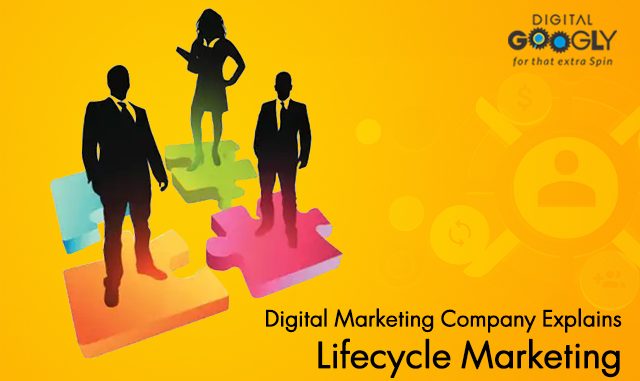
Every customer is unique. Each of them has specific psychological constitutions and motivations and, therefore, marketers need to construct their messages accordingly. “Shouting a single message at the masses will only make your throat sore and your sales sour,” says Digital Googly, a .
What you need is a better strategy. One that takes into consideration the various stages of customers’ journey. From there, you can customize a more appropriate and resonant message.
Confused? Let’s break it down and take a step at a time.
What is Lifecycle Marketing?
Lifecycle marketing provides the audience with the kind of communications and experiences they need or want. They move from prospects to customers then, to loyal advocates.
A customer’s lifecycle generally consists of six stages:
Here is How You Can Implement Lifecycle Marketing
We at Digital Googly, the , use the following framework, for our lifecycle marketing strategy –
The term ‘trigger’ defines a predefined condition that a customer satisfies. It determines when you should present a marketing message. Typically, it is an action, such as opting into a newsletter or making a purchase, that a customer takes.
An absence of action can also be a trigger. For instance, if several days pass without a customer getting back to you, it might be a trigger to follow-up.
Triggers are the core difference between traditional and lifecycle marketing.
In the case of Traditional marketing, brands initiate the marketing messages. Whereas in the case of Lifecycle marketing customer is at the center and initiates the communication.
Message
According to the , messages are the content that you send to your customers. Through the messages, customers interact with your brand and conjure ideas and preferences about your offerings. Therefore, it is essential to crafting messages related to the trigger and your customers.
The channel defines the medium through which you will engage the customer. The channels you can use include email, social, live chat, etc.
An Example of Our Lifecycle Marketing
Let’s get back to the cart-abandoners. We at Digital Googly provide our digital marketing service to an e-commerce client who had the same problem. Their website visitors scrolled through their offerings, enquired about the products, added to the carts and……left.
We applied various strategies to solve the problem and among these, lifecycle marketing gave the best results. Here is the strategy in brief –
Trigger – Most customers filled their carts but did not complete the purchase
Message – Complete the checkout
Channel: Email, social media
During the process of buying, customers may abandon their carts due to many reasons. Maybe they were procrastinating, hesitating, got distracted or surprised at the total price.
According to Statista’s March 2021 data – almost 80% of online shopping orders were abandoned.
If customers return, abandoned carts are acceptable; however, little do if not provided with an incentive or enticement. This is what we planned to do.
We sent an “abandoned cart” email to all those customers who did not complete the transaction. We included offers in our email about the abandoned products, along with product recommendations. Besides email, we also retargeted these customers using social media ads. The ads worked as a gentle reminder to them as they browsed the web to complete their checkout.
The lifecycle marketing strategy significantly reduced the percentage of abandoners and boosted our client’s sales. Want to implement lifecycle and other best-in-business marketing strategies for your brand? Contact Digital Googly, a .

Leave a Reply